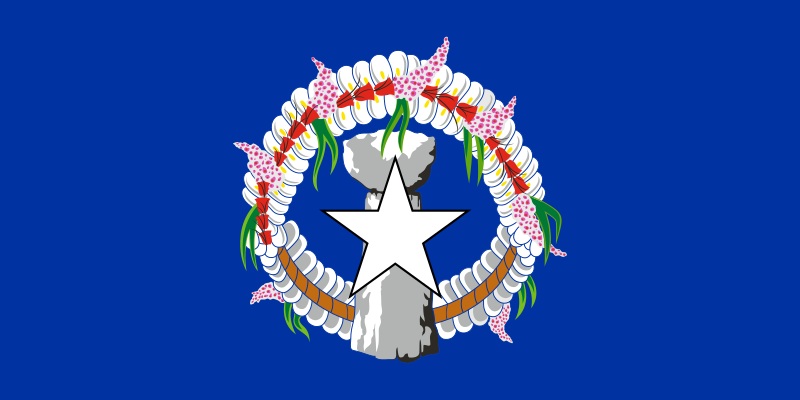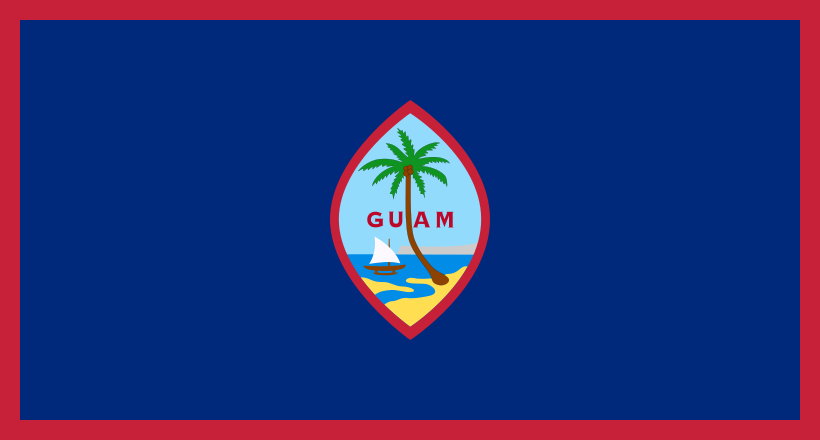How to do so? I don't have an account on Reddit.
click on "copyright infringement / DMCA"
https://reddit.zendesk.com/hc/en-us/requests/new?ticket_form_id=360000152352
How to do so? I don't have an account on Reddit.
Fairly nice. Needs the ring shifted so it's the same distance from each side but looks good.Flag of the American Khanate.

Fairly nice. Needs the ring shifted so it's the same distance from each side but looks good.



Those flags are rare. This is because light colours on light colours get hard to see at a distance with any clarity and tend to blur together. So they only tend to get used where there's significance that outweighs that i.e. religion or where the yellow is actually faded red and kept due to tradition.Can anyone here think of any other instances of flags with gold crosses on white fields or white crosses on gold fields? I'm talking not just about real-world flags but any fictional flags that I may not want associated with my Manticore AU.
Here's my prospective national flag for my Kingdom of Manticore. It's a Nordic Cross (the Cross of Saint Philip) in gold on a white field. If this flag is adopted in the late 19th century, the Nordic cross could represent cultural unity with other Nordic countries, although there would not be any direct connection to the Danish flag's peculiar display of the Cross. The colors represent the unification of the six (or maybe eight or nine) different ethnolinguistic groups of Manticore in their common Catholic faith.
View attachment 558121
The golden cross is commonly used to represent visions of a Cross in the sky seen by leaders before great victories. Considering the nature of Manticore, the inclusion of a Cross in the national flag is essentially nonnegotiable. However, the Nordic Cross specifically may be problematic, either as an anachronism or due to the gap between the Manticoran Norse and the modern Scandinavians. I have another version of the flag using the Cross of Saint George. The combination of the particular Cross and the colors could be a general reference to Manticore's Catholicism or a more specific reference to the English origins of the Royal House of Manticore.
View attachment 558129
As far as timing, gold and white only became the clerical colors of the Church in the 19th century. Before that, the colors of the Papal States were gold and red. The Kalmar Union used those colors in a Nordic Cross flag, but reversing them with a gold cross on a red field gives us a different option.
View attachment 558137
The problem now is that the gold cross on red is also the flag of Scania, which mixed the Swedish and Danish flags as inspiration, of the Swedish minority in Finland, and of Nasjonal Samling.
The gold cross on white seems to present itself as a good option because I have yet to find any use of that specific combination anywhere except for the Skolkan Empire and some its descendant nations invented by NATO training materials in the mid-2000s. I don't know which of these, if any, is the actual Skolkan flag but the one on the right is the flag of Torrike, which is the largest and most powerful of the countries that emerged from the dissolution of the Skolkan Empire. The flag on the left is that of Framland, which is the most "Europeanized" of the Skolkan nations.
View attachment 558141View attachment 558142View attachment 558143
The province of Norrland in Sweden uses a gold cross on white, but in a tricolor Nordic cross format with a blue border separating the cross and the field. I have only seen the white cross on gold field in two flags, of the Roman Catholic Cathedral of Saint Erik in Stockholm and of Stavropol Krai in Russia.
View attachment 558144View attachment 558146View attachment 558145
Can anyone here think of any other instances of flags with gold crosses on white fields or white crosses on gold fields? I'm talking not just about real-world flags but any fictional flags that I may not want associated with my Manticore AU.


Looks like Apokolips-occupied Ohio.Flag of the American Khanate.

This is supposed to be the national flag, not a battle flag or naval ensign and not part of any older heraldry, so the poor color combination (as far as vexillology goes) can be overlooked. The Royal House of Manticore is descended from John de la Pole, 1st Earl of Lincoln. The escutcheon of de la Pole is azure, a fess between three leopard's faces or.Those flags are rare. This is because light colours on light colours get hard to see at a distance with any clarity and tend to blur together. So they only tend to get used where there's significance that outweighs that i.e. religion or where the yellow is actually faded red and kept due to tradition.
Manticore would probably see that as a feature, not a bug.I mean, the Kingdom of Jerusalem was a crusader state which may not be up your alley, they had a yellow cross on white, but that was a cross with crosslets and I don't think anyone would associate your flag with it nor is it anything terrible on the level of the Nazis.
Manticore would probably see that as a feature, not a bug.
cursedHere is a flag of a US cuba. The USA bought Cuba after the Ostend manifesto in 1854, then the island was attached to the CSA during the civil war, then was incorporated as a state in the 1880s.
Seems a bit busy. Maybe a nice blue flag with a state seal?Here is a flag of a US cuba. The USA bought Cuba after the Ostend manifesto in 1854, then the island was attached to the CSA during the civil war, then was incorporated as a state in the 1880s.
View attachment 558543
I just wanted to make a state seal and incorporate it into the flag. But now, how do you create one?Seems a bit busy. Maybe a nice blue flag with a state seal?
Seems a bit busy. Maybe a nice blue flag with a state seal?


